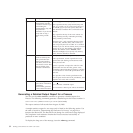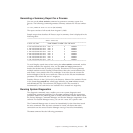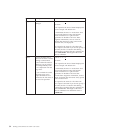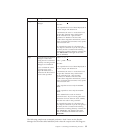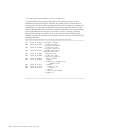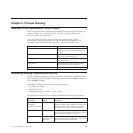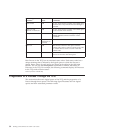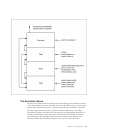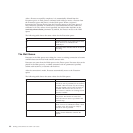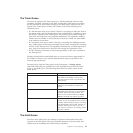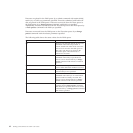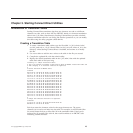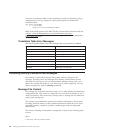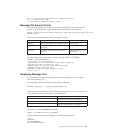
After a Process successfully completes, it is automatically deleted from the
Execution queue. A flush process command with hold=yes moves a Process from
the Execution queue and places it in the Hold queue. When a session is
interrupted, the Process moves from the Execution queue to the Timer queue if
retry values are specified. If connection is not made before the retry values are
exhausted or if retry values are not specified, the action taken depends on the
conn.retry.exhaust.action parameter. By default, the Process moves to the Hold
queue.
The following table shows the status values for the Execution queue:
Element Comment
PE Pending Execution is the initial queue status
when a Process is submitted with
maxdelay=0.
EX Execution status indicates that the Process is
executing.
The Wait Queue
Processes in the Wait queue are waiting for a new or existing connection to become
available between the local node and the remote node.
Processes can come from the Hold queue or the Timer queue. Processes also can be
placed in the Wait queue by a submit command with no parameters specified,
submit with retain=no, or submit with hold=no.
After the connection is made, Processes automatically move to the Execution
queue.
The following table shows the status values for the Wait queue:
Status Comment
WC This status indicates the Process is ready to
execute as soon as possible, but no session is
available. Other Processes may be executing
with the SNODE, and no other sessions are
available. This Process runs as soon as a
new session is created or an existing session
becomes available.
WR This status indicates that the Process is in
retry status. The number of retries and
intervals between retries is specified in the
network map.
WA This status indicates the initial queue status
when a Process is submitted without a hold
or retain value. This Process is ready to
execute as soon as possible.
WS This status indicates that the Process is
waiting for the PNODE to continue the
session.
40 Sterling Connect:Direct for UNIX: User Guide



